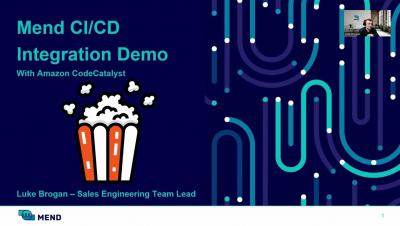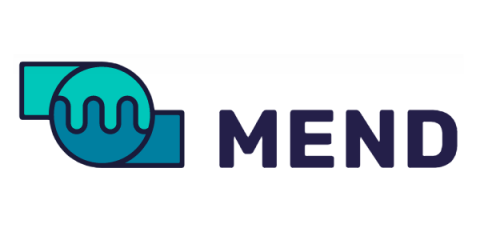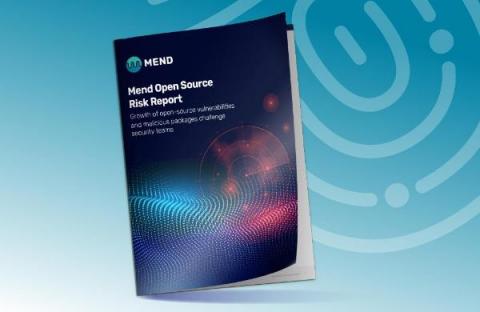Key Considerations for Building a Successful Cloud Security Program
I recently had the pleasure of participating in a great panel discussion at the San Diego Cyber Security Summit, entitled “Cloud Security — Leveraging Its Strengths and Overcoming Its Vulnerabilities,” alongside representatives from Palo Alto Networks, Gigamon, Sysdig, Lacework, Imperva, and Tufin.











